-
Car Reviews
- Car News
-
Car Comparisons
Latest comparisons
- Chasing Deals
At the 2018 Geneva Motor Show in early March, Land Rover Special Operations will reveal a very special addition to the Land Rover range: the 2019 Range Rover SV Coupe. Fresh after making concept cars such as the Land Rover Discovery SVX and Jaguar XE Project 8, the 2019 Range Rover SV Coupe will be limited to 999 units worldwide – this low production number ensures that the car will be extremely rare and best of all for potential owners, exclusive.
Whilst the idea of a three-door Range Rover may sound novel to many modern SUV owners, many forget that the original car from 1970 was only made in three-door form – the four-door model didn’t arrive until 1981. The three-door bodystyle was killed off in 1994 when the second-generation Range Rover was launched- 25 years after the nameplate was launched. The 2019 Range Rover SV Coupe will be made by Jaguar Land Rover’s Special Vehicles division.
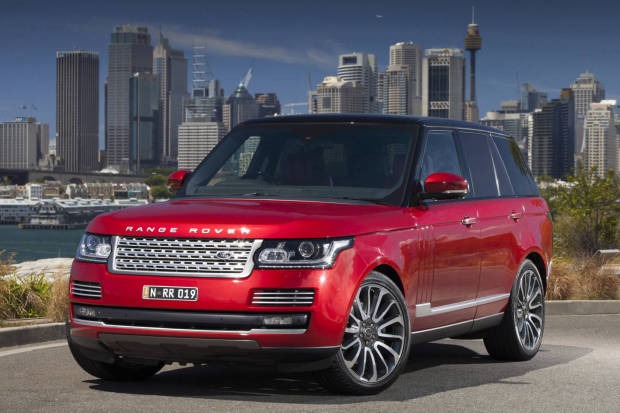
John Edwards, Land Rover Special Operations Managing Director, said: “Land Rover created the luxury SUV sector with Range Rover almost 50 years ago. In launching the new 2019 Range Rover SV Coupe, we will offer clients an alluring combination of peerless luxury and rarity. Unveiling this special vehicle at Geneva International Motor Show in March, during Land Rover’s 70th Anniversary year, will be a defining moment for Land Rover, the Range Rover portfolio and Special Vehicle Operations.”
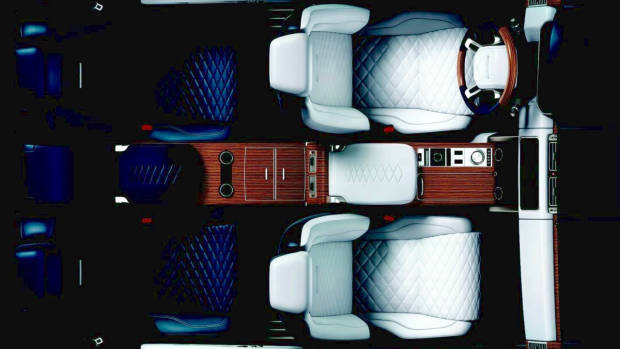
So far, just a single teaser image of the 2019 Range Rover SV Coupe has been sent to the world’s automotive press – a birds-eye view of the interior. The photo depicts a tasteful dark and light interior combination – the front seats and dashboard are covered in light leather, with the rear section of the cabin in contrasting dark blue. Strictly a four-seater, the Range Rover SV Coupe also features a light wood trim on the centre console and steering wheel.
But for many, the biggest news with the 2019 Range Rover SV Coupe is the return to the three-door bodystyle. Land Rover are already claiming the SV Coupe is the “world’s most luxurious coupe SUV” and when the car goes into production later this year, it will have no direct rivals. Whilst cars such as the Mercedes-Benz S-Class Coupe, Rolls Royce Wraith and Bentley Continental GT are luxury coupes, they lack the go anywhere ability that the Range Rover badge brings to the table.
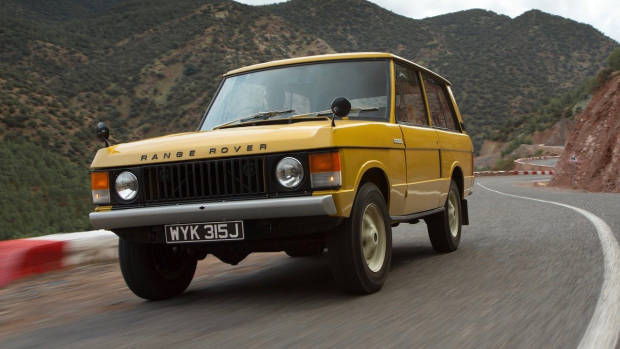
A three-door bodystyle is something that many modern SUV buyers will scoff at for its lack of five-door practicality and pointlessness, but many also forget that for more than ten years, the first generation of Range Rover was only made with three doors. The first Range Rover was launched in 1970 and whilst there were ideas for a larger Land Rover model from as early as the 1950’s, such ideas were scrapped. In 1966, the project was reborn and was pushed hard by Land Rover executives – so much so that the production car was released in 1970.
Prior to its release, the company made and registered 26 pre-production models under the Velar name – a name used on the latest model in the Range Rover range. The production Range Rover featured a Rover 3.9-litre V8 engine that produced just 97kW of power – a far cry from the 405kW Range Rover SVAutobiography Dynamic currently on sale.
Also a far cry from Range Rovers of today is how utilitarian the original’s interior was – designed to be washed out with a hose, Land Rover used vinyl on the seats, plastic dashboards and features such as air conditioning, carpet, power steering and wood interior trim were launched fitted as options by the company. The original model was a body-on-frame design with a box section ladder type chassis and unlike many off-roaders of the time, the Range Rover used coil springs (not leaf springs), permanent four-wheel drive and four-wheel disc brakes.
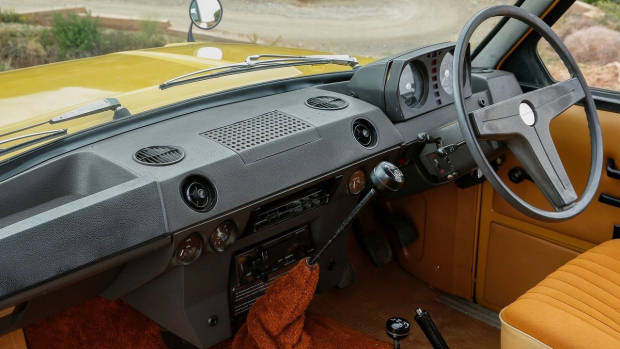
The second-generation of Range Rover arrived in 1994 and was a more luxurious vehicle. Still using the same 3.9-litre Rover V8 and underpinnings as the original car, as well as a larger 4.6-litre V8 and a BMW-derived 2.5-litre six-cylinder turbo diesel, the second generation was a more modern take on the first generation car. However, soon after the car was launched, BMW bought Range Rover and thanks to the car’s dated underpinnings, decided that it was to have a short shelf life – it was replaced in 2001, with a much shorter seven year life than the 25 year span of the original.
Whilst the second generation model’s conservative exterior was new, its underpinnings weren’t, and it didn’t bring much to the table for off-roaders of the era. The Land Rover Discovery, a smaller and less expensive stablemate, was just as capable and just as luxurious on the inside – it was much more relevant to buyers as a result.
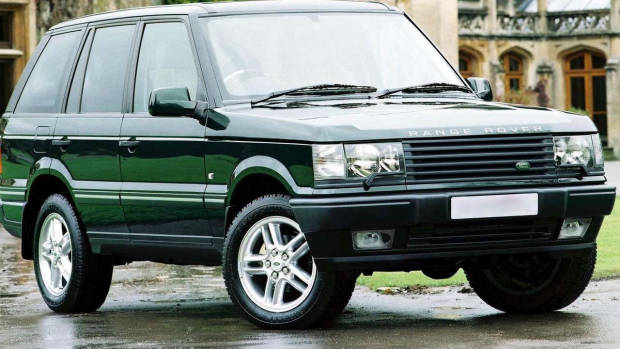
The third-generation of Range Rover was launched in 2002 and was the model that launched the brand into a more luxurious territory than ever before, competing directly with Mercedes-Benz and BMW. Ironically, the car had significant BMW influence in its development. This meant that the engines used were BMW units, as was much of the technology on offer – many components are shared between the Range Rover and the E39 BMW 5 Series. Engine choices initially included a 4.4-litre V8 petrol engine, as well as a 2.9-litre six-cylinder turbo diesel – both from BMW.
Thanks to BMW, the car was available with much higher-end equipment such as a television, heated and ventilated seats, electric front seats, an electrically-adjustable steering column, as well as a reversing camera and premium sound system. Land Rover’s Terrain Response system debuted as well, with many off-road functions handled by a single rotary dial – modes such as rock, sand and mud could be selected by drivers and the car would handle the rest of the work.
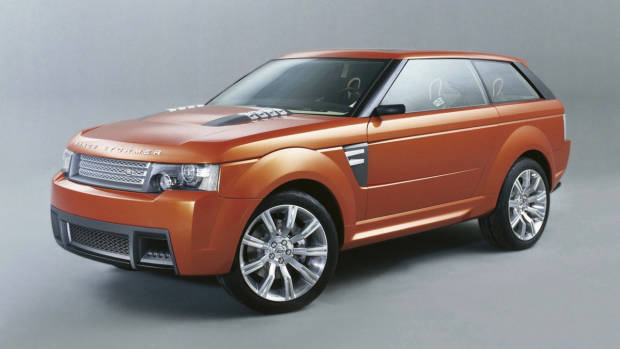
In 2004, the Range Rover brand expanded beyond the Range Rover name with the Range Stormer concept car – a preview to the Range Rover Sport that arrived not long afterwards. Featuring a rectangular yet squat body, the Range Stormer was the first implementation of the three-door body since the original Range Rover ended production in 1994. Painted in a deep burnt orange colour, with huge alloy wheels, aggressive styling and futuristic elements such as LED lighting, the Range Stormer wowed crowds at the 2004 North American International Auto Show.
The production version, the Range Rover Sport, didn’t use the Stormer’s three-door bodystyle, though its fairly aggressive styling remained. Despite being badged as a Range Rover, the Range Rover Sport was actually based on the Land Rover Discovery’s semi-monocoque platform and that meant that it weighed north of 2,100kg. Using a mix of Jaguar V8 petrol engines and Ford V6 diesels, the Range Rover Sport was marketed as a less exclusive yet much more attainable and sportier version of the larger Range Rover – they even looked quite similar as a result. The Range Rover Sport remains one of the most successful products in the Land Rover range – over 500,000 units have been produced since it was put on sale in 2004.
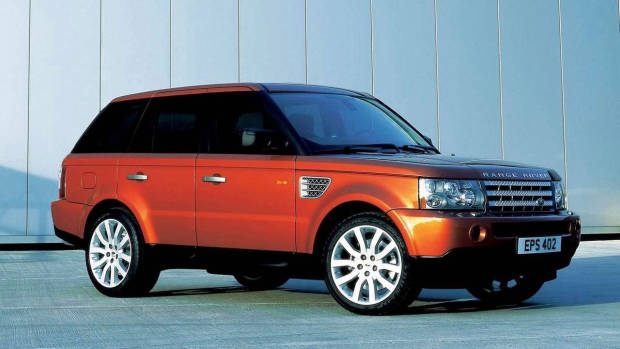
In 2006, the third-generation Range Rover earned its first facelift, which earned the car new powerplants, including 298kW V8 units from Jaguar. For the first time, a Harman Kardon 720-watt 14-speaker sound system was available, as was other new equipment such as a new touch screen infotainment system which incorporated a wireless camera system to aid the car’s off-road ability. The third generation car was facelifted again in 2011, with a new twin turbo 3.6-litre V8 diesel and eight-speed automatic sitting proudly in the range.
Also in 2011 was yet another addition to the range: the Range Rover Evoque. This was a marked departure for the Range Rover brand – it was significantly smaller than its brothers and appealed to a different market, one for the more fashion conscious buyer than the Range Rover brand had become known for. The Evoque was definitely an exercise in form-over-function design, with even celebrities such as Victoria Beckham lending a hand in the car’s development. The Range Rover Evoque sat on the same platform as the Land Rover Freelander – itself using the same platform as the second-generation Ford Focus, Volvo S40/V50/C30 and first-generation Mazda 3, which marked a return to a more humble beginning for a Range Rover product, as well as the three-door bodystyle.

In 2012, the fourth-generation Range Rover was unveiled and marked the most significant change in the model’s name history. Its exterior styling more closely resembled the sleeker Evoque, whilst sitting on its all new platform with a much more extensive use of lighter materials meant that a weight loss of up to 500kg, yet becoming even more capable off-road thanks to Land Rover’s latest Terrain Response 2 off-road system.
New additions to the Range Rover included a new range of engines, including for the first time, a 3.0-litre V6 turbo diesel hybrid. The fourth generation Range Rover also became significantly more luxurious than ever before, with newly-available four-seat layouts, as well as a whole multitude of trim and personalisation options for buyers to choose from. The second-generation of Range Rover Sport followed a similar theme, and was newly available in a seven-seat layout. For the first time in 2018, plug-in hybrid versions of both the Range Rover and Range Rover Sport will be available, combining a 2.0-litre turbo petrol engine and hybrid drivetrain to be capable of just 2.8L/100km on a combined cycle.
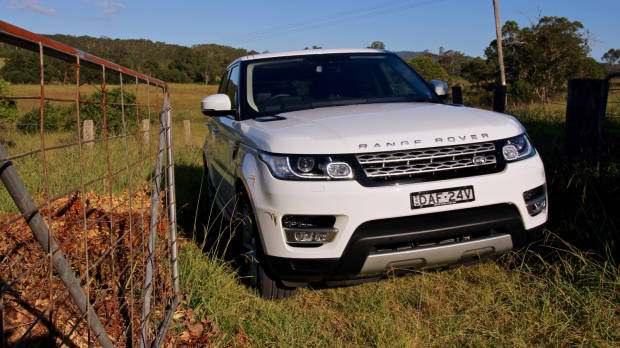
In addition to the Range Rover Sport and Evoque, 2017 marked the launch of the Range Rover Velar – a more luxurious, sub-Range Rover Sport aimed at the car’s platform mate Jaguar F-Pace, as well as the Porsche Macan, BMW X4 and X6. Never before has the Range Rover brand had such a diverse range, something that is doubtful to change – especially with talk of the brand’s first road-based car, dubbed Road Rover, aimed at the luxury sedan market and supposedly due to arrive in 2020+.
The Range Rover name has had a long history – much longer than many would recognise. From humble beginnings to a much more luxurious future, the brand’s off-road ability has always been its defining feature and still features in many of the cars the brand still makes. We’re big Range Rover fans at Chasing Cars and are very excited to see the 2019 Range Rover SV Coupe – whilst its 999 unit production may not be significant in numbers, it is significant in the Range Rover brand acknowledging its history and bringing past products into the future. This year marks the 70th anniversary of the Land Rover brand – aside from the 2019 Range Rover SV Coupe, we expect the all-new Defender, as well as the second generation of Evoque and various special editions of all Land Rover’s products to debut.
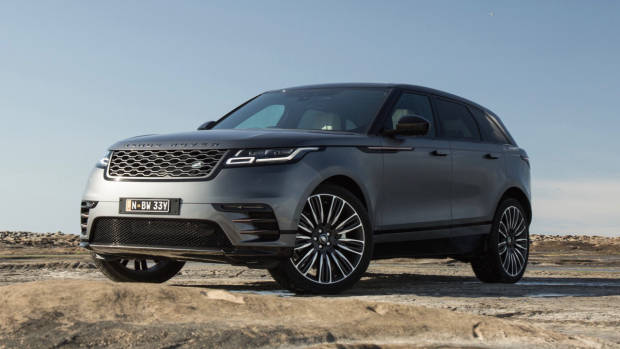
Australian sale prospects for the 2019 Range Rover SV Coupe are unknown at this stage, but considering that Range Rover sales are strong in this country, we hope that at least a few units of the car arrive here. If they do, expect an inflated price thanks to the car’s exclusivity – considering that the current long wheelbase Range Rover SV Autobiography is priced from $373,611 plus on-road costs, the 2019 Range Rover SV Coupe is certain to cost even more. But with just 999 units produced worldwide, buyers will at least earn exclusivity from their purchase – and undoubtedly one of the best Range Rover models ever produced.
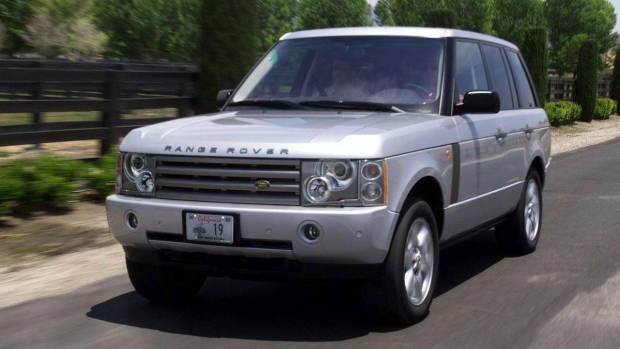
Stay tuned to Chasing Cars for the latest news from the 2018 Geneva Motor Show.
Latest news
About Chasing cars
Chasing Cars reviews are 100% independent.
Because we are powered by Budget Direct Insurance, we don’t receive advertising or sales revenue from car manufacturers.
We’re truly independent – giving you Australia’s best car reviews.